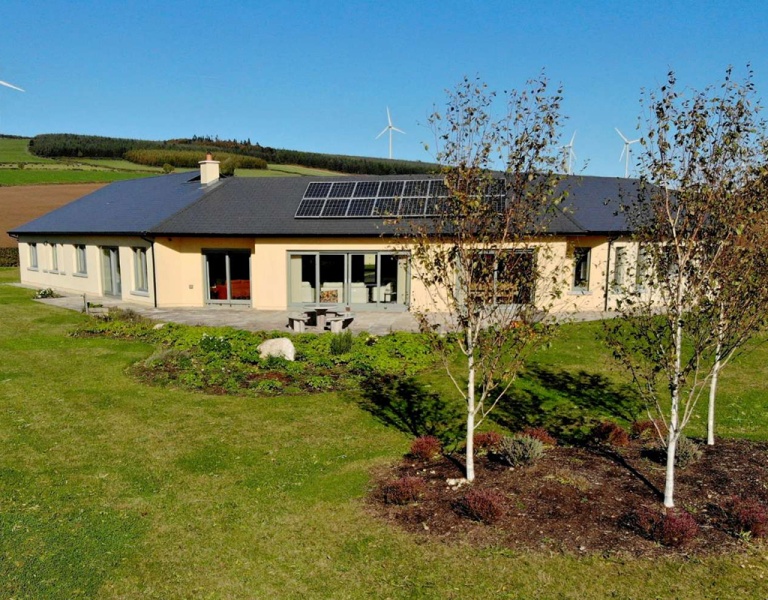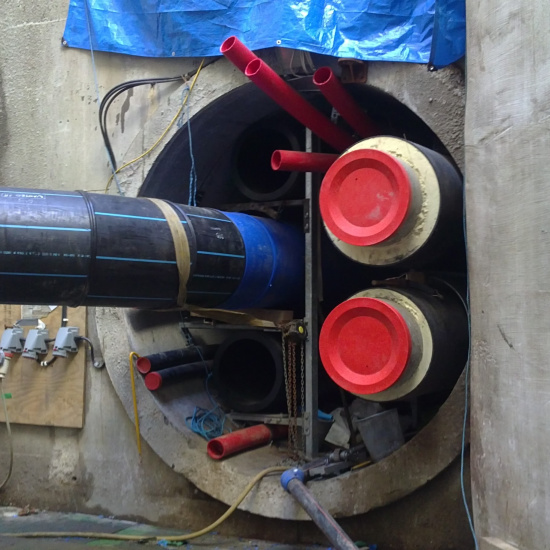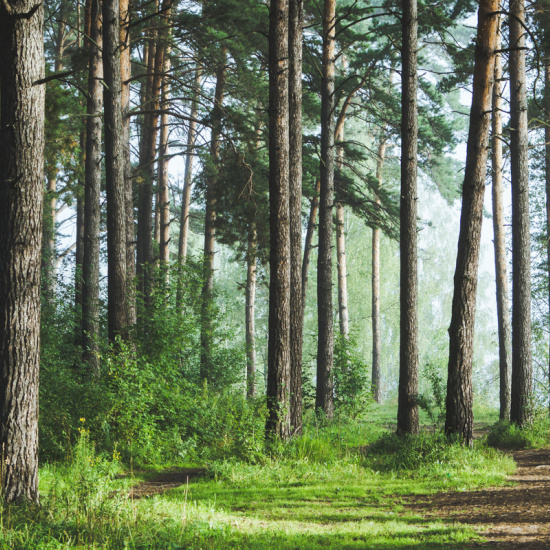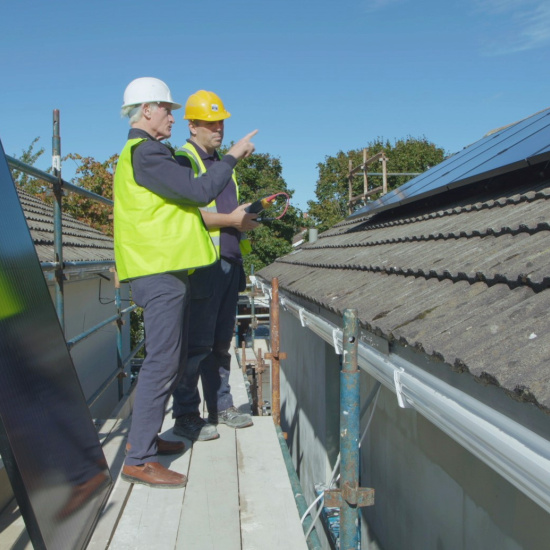Living in an A1-rated home
In 2013, Francis Clauson and his wife Brigid completed the self-build of Ireland's first certified passive house. Eight years later, we hear from Francis on what it is like to live in an A1-rated home.

A passive house is a building that is truly energy efficient and requires little energy for space heating or cooling. A passive house is comfortable to live in and is eco-friendly.
Francis first came across the idea of a passive house when researching his self-build. On realising how much energy he could save living in a home like this, , he began wondering how he could achieve this level of efficiency in his own build. He went to visit an energy efficient house in Wicklow, owned by Tomás O'Leary of Passive House Academy, and with that, he was sold.
Originally from the UK, Francis moved to Ireland with his Wexford-born wife, and they rented for a few years before deciding to build. He carried out a great deal of research before deciding on a passive house.
"Compared to the home I was brought up in, which was built in the 1890s-1900s and was always cold, the idea that the whole house could be warm was just fantastic," he said.
The research
"Talking to Tomás, reading your own SEAI website and other online resources, I came to the conclusion that this was the obvious route to go down to build something that was very energy efficient."
Francis sought professional advice throughout and worked with architect Zeno Winkens and Archie O'Donnell of 'Integrated Energy'. He got a local contractor, Chris Gahan of GR8 Construction to do the work.
Before Francis even engaged the professionals, he completed his own initial sketches and calculations, which he acknowledges most people won't feel comfortable doing. "I'm a software engineer by trade so I get it."
The planning
Francis maintains the planning phase is the most important, with every step of the process mapped out before a single sod is turned. "You have to find skilled people, the SEAI and other institutions in Ireland have very well-trained people who understand energy efficiency in homes."
"Get a quantity surveyor involved who can price things properly before you lay one block on top of another. Plan really early because when the express train starts, when the build starts, be it a retrofit or a new build, decisions will need to be made quickly," he cautions.
Once you've done your research the second part is finding the materials and making sure they are of the good quality they purport to be. Francis says it's much easier now with online ratings, the NSAI certifications etc., to know the materials you're using will work once installed and implemented correctly.
The features
The key energy efficient features included:
- Air to water heat pump
- Heat recovery ventilation system
- Thermal bridging
- Solar PV array installed on roof
For a comprehensive list of features of a passive house, please see this article by Passive House magazine.
The benefits
The cost savings is probably the most tangible benefit in Francis's home. While he and his wife rented in Wexford, they were spending approx. €2,000 a year on oil to heat their home. Now his typical heating bill is €150-200 per year.
He says the investment has been worth it to them, but it is of course, an upfront investment with long-term gain. "If you make the decision now to do it right, I promise you'll enjoy the benefits later on."
Another benefit that he could never get his head around initially was "we don't close any of the internal doors when we're at home. We don't have any draughts. The only times we close doors now is for privacy or to stop the dogs moving around. We leave the doors open and the whole house circulates at that temperature - around 22 degrees - all the time."
The heat pump is the source of this consistent, regulated temperature as it runs 24/7. "The heat pump gets you away from what I like to call the Three Bears heating 'too hot, too cold', and moves you more to the Goldilocks method - a just right temperature all the time," he explains.
Though he points out that they don't need to use the heating from mid-March to mid-October because the house is warm enough due to its impressive insulation and air tightness.
Lessons learned
When asked to share his biggest lessons, Francis had the following to say: "whether it's a retrofit or self-build, you must plan every detail. Get the professional advice and adapt your plans if needed to make the most of your efforts.
You know you've done your planning when you don't wake up in the middle of the night and think 'oh what about that'."
He urges homeowners looking to upgrade to an A-rated home, to "feel inspired, do a lot of reading and understand what's possible. You will enjoy it, I promise you."



